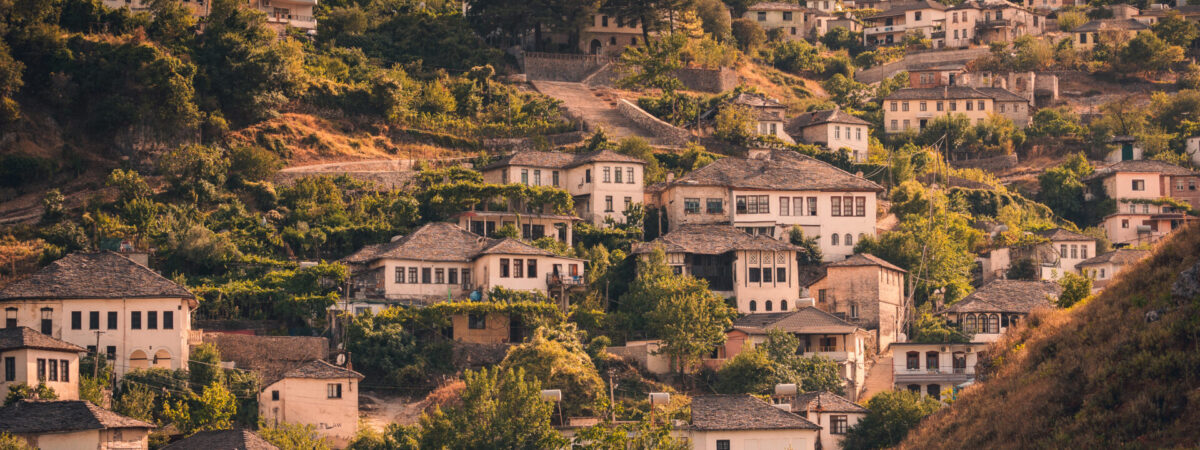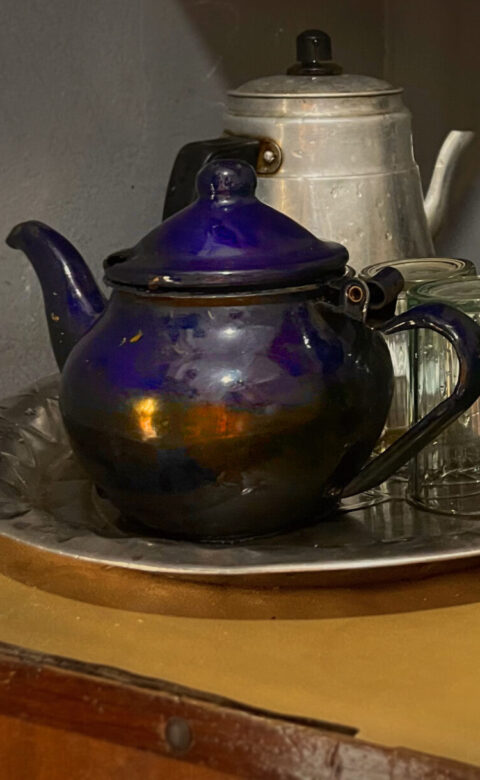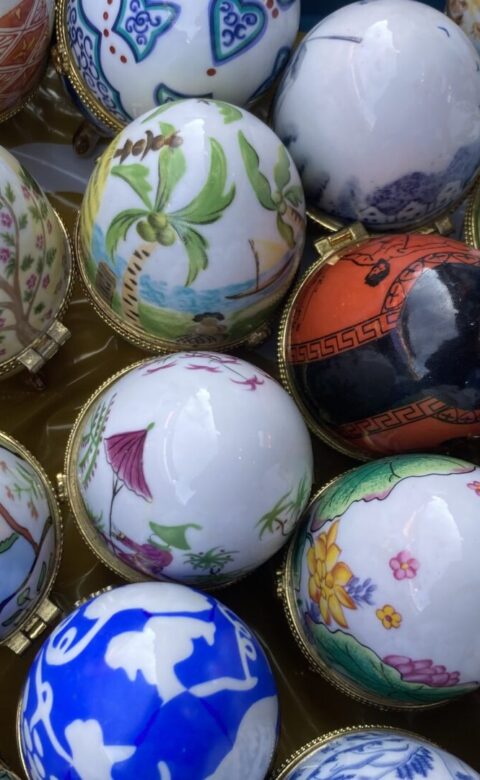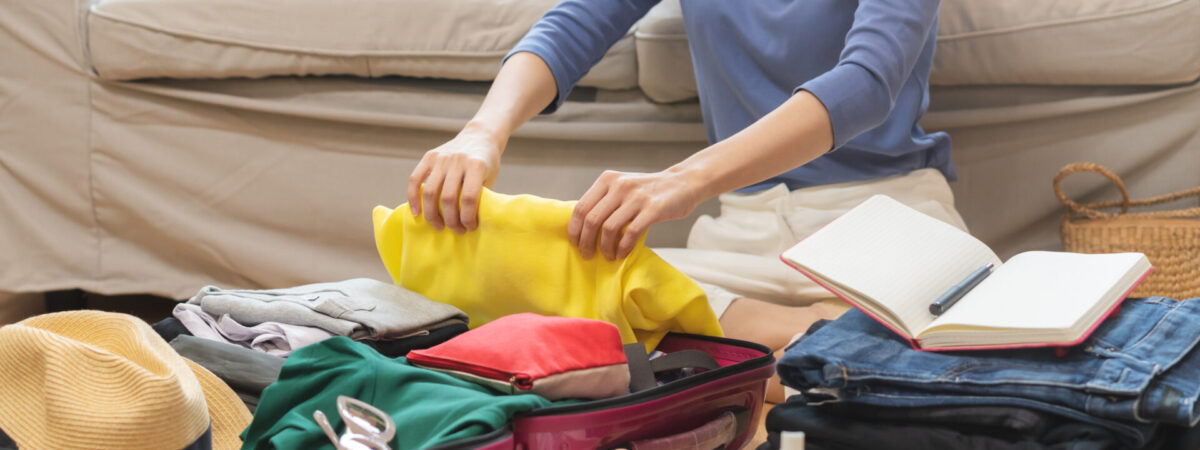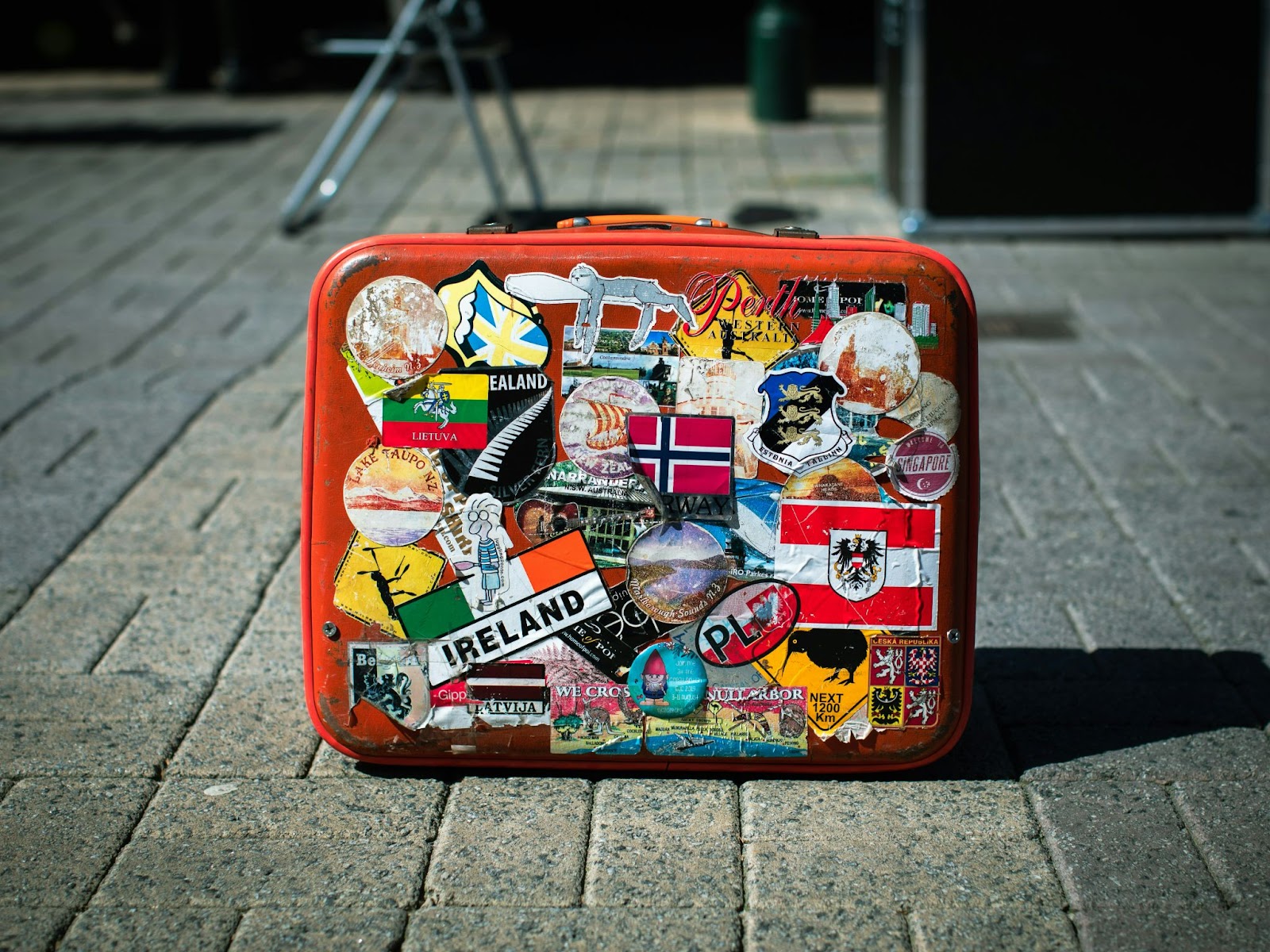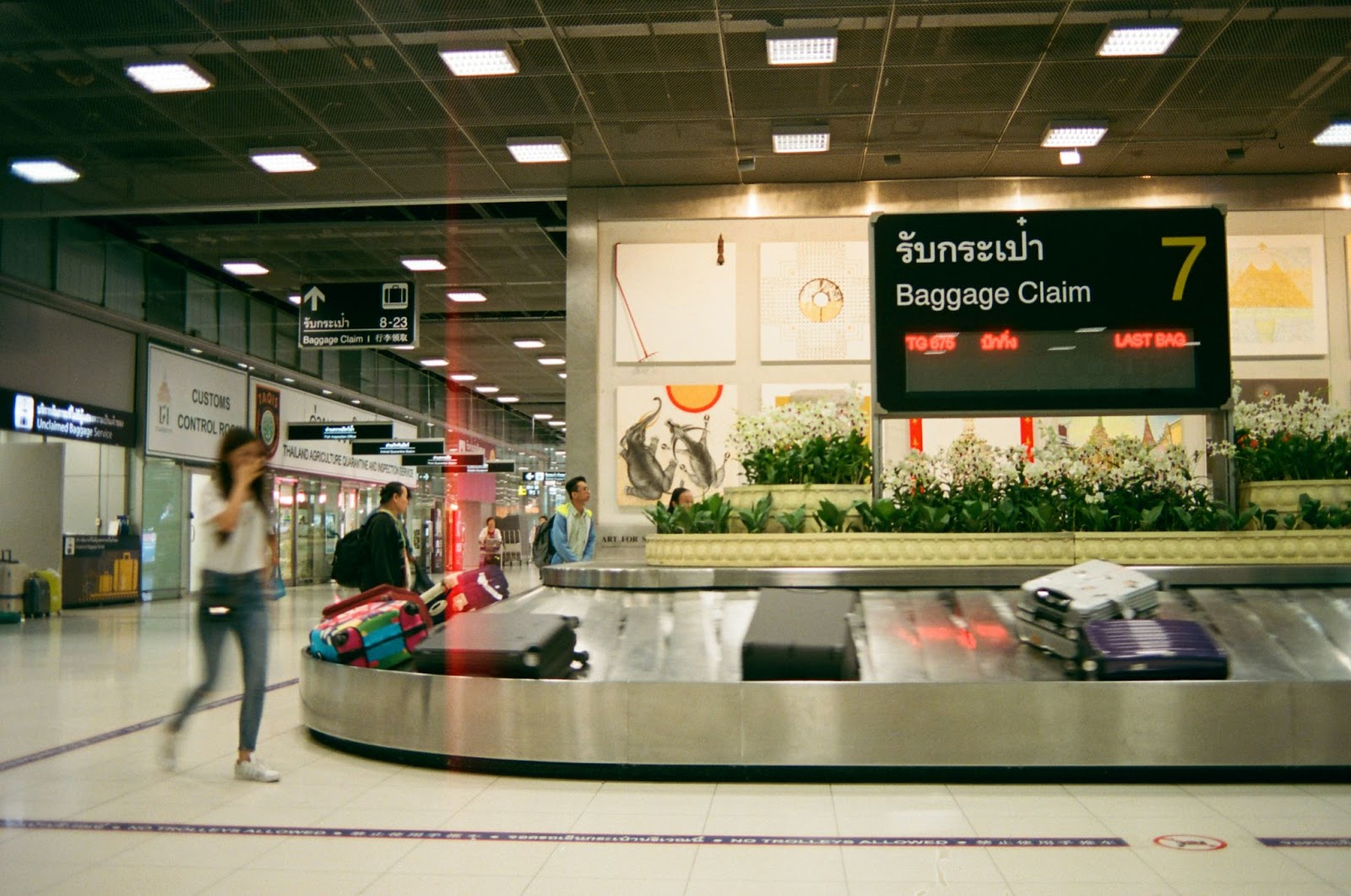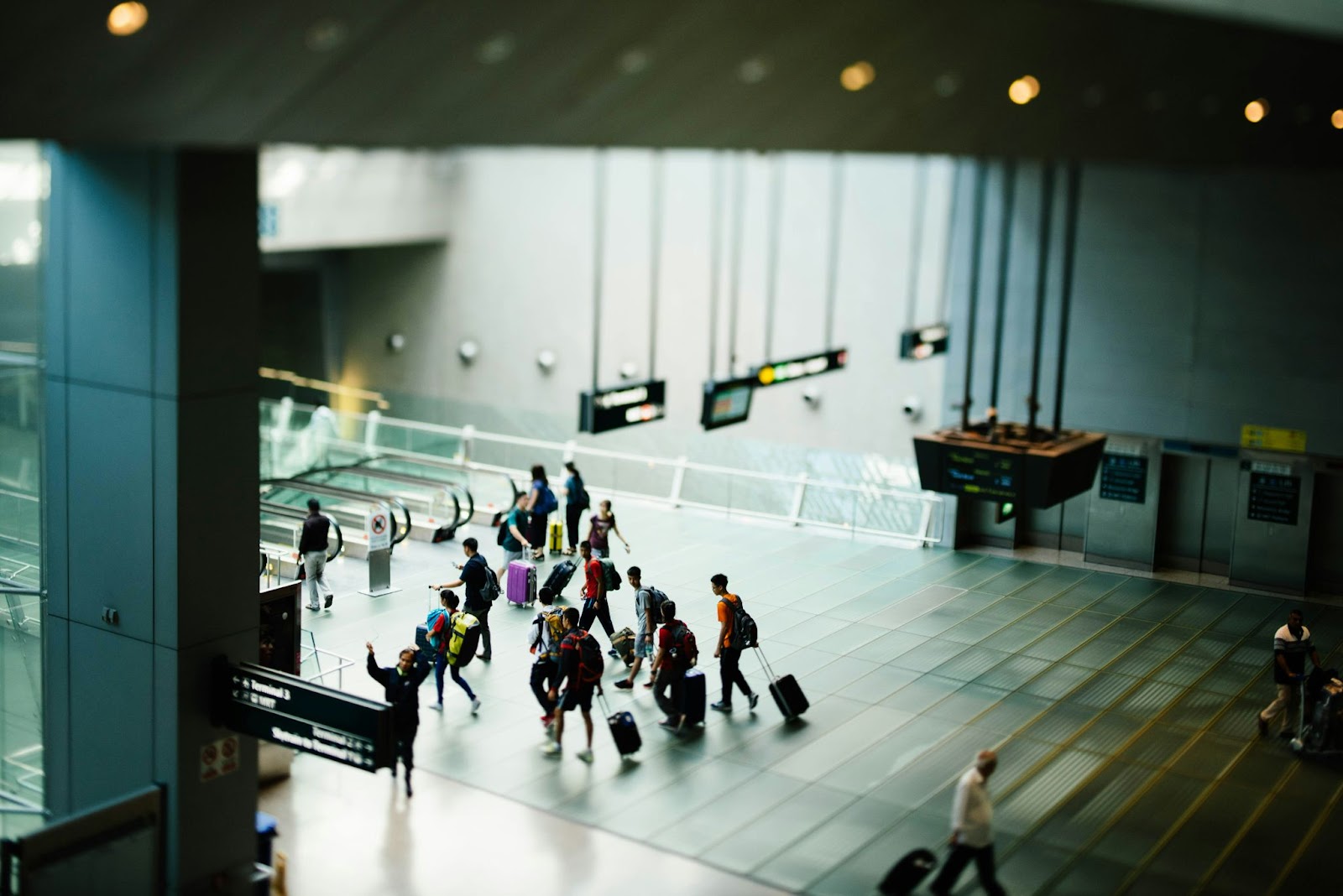Albania is a place like no other. For decades, this once-secret country was locked up behind border fences, with countless concrete bunkers across its rugged hinterlands. People couldn’t enter or leave during the days of the strict isolationist regime led by Enver Hoxha, a man so extreme he believed that Mao Zedong and Joseph Stalin weren’t true enough to Marxist ideals.
Today, the museums in the capital of Tirana are fascinating — particularly the ones in former bunkers from communist times, as well as the House of Leaves, the museum dedicated to espionage and secret police. Whether it’s a visit to the coast (with 500 km to choose from along both the Adriatic and Ionian Seas), hiking the Albanian Alps, or eavesdropping on conversations at local taverns spoken in one of Europe’s oldest and most unique languages, the hidden treasures of the Land of Eagles await.

It is no small understatement to say that Albanian hospitality is unparalleled. As my companions and I pull over on the highway outside of Shkoder in northern Albania, we come across a local farmer selling his produce on the side of the road. I speak to him with the precious little Albanian I know, and after showing me his produce, he gifts my friends fresh, organic cucumbers, and the most fragrant bundle of sage.

A couple of hours from Shkoder in the upper Shala Valley we encounter Theth — ringed by mountains and surrounded by national parkland. Dwarfed by the peaks around it, this fully restored stone-and-shingle Catholic church is a peaceful spot these days for a Sunday service. But having been repurposed as Theth’s hospital and maternity centre during the atheist communist era, it’s also where most villagers of a certain age were born.
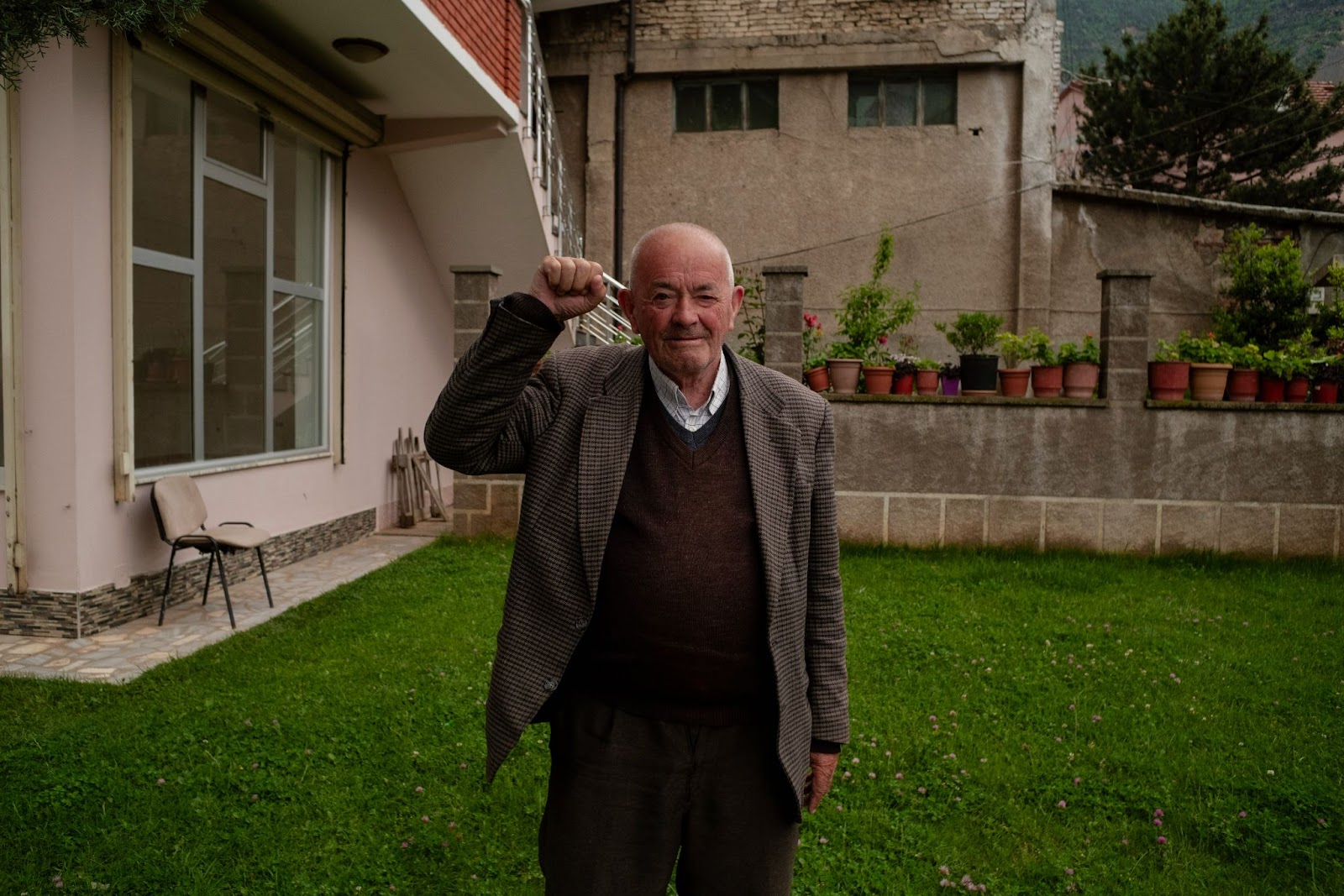
Near the chromium mines of Bulqize, I meet a surviving “partisan”, who shows me the traditional salute of Albania’s former communist regime. Due to how absurd conditions became back then, Albanians relied on a black sense of humour to make it through every day, and dozens of macabre jokes linger. One of my favourites: “An incarcerated man goes to the prison library and inquires about the availability of a particular book. The jailer replies, ‘We don’t have the book, though we do have its author.’”
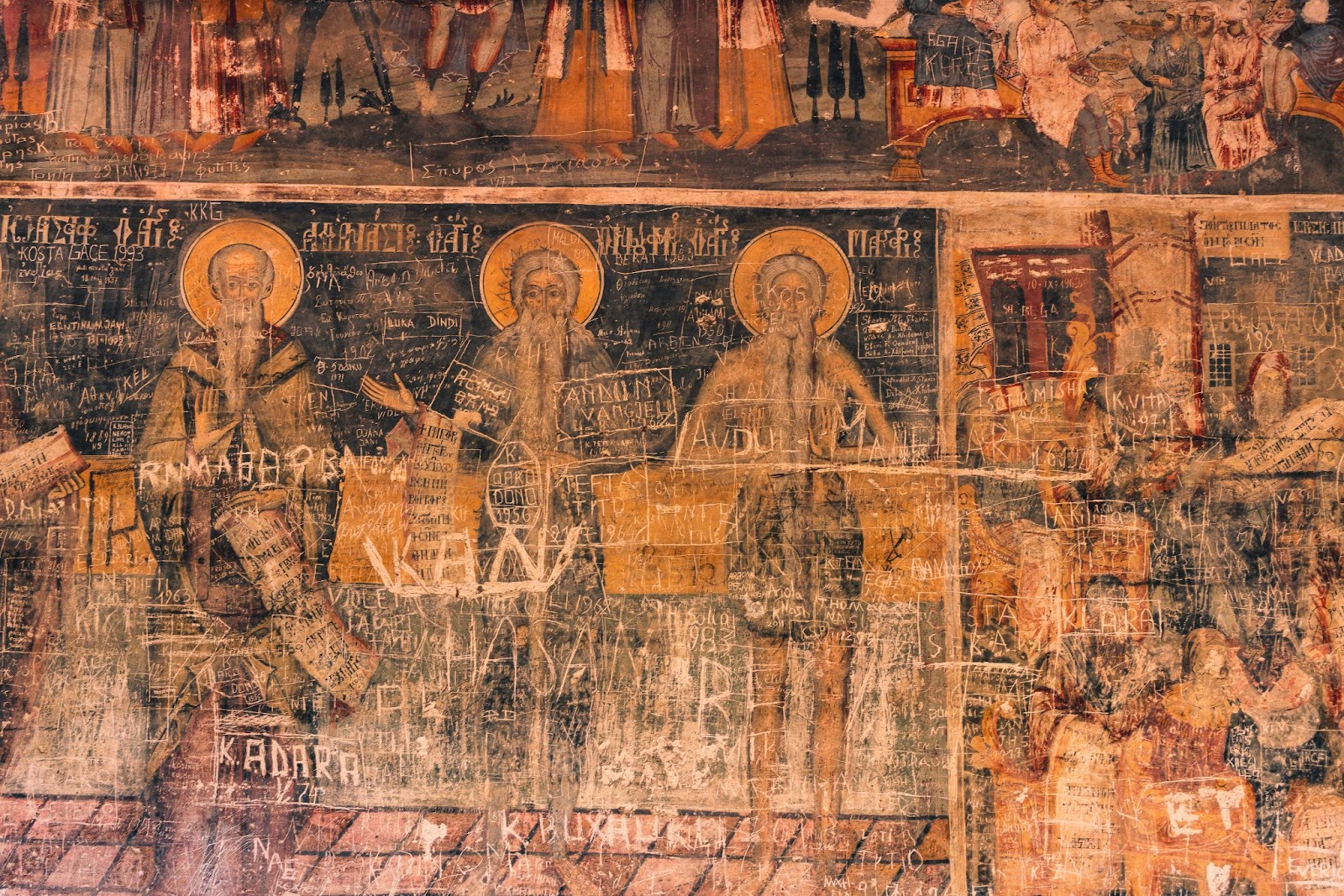
Though Islam is the religious background of most Albanians, centuries-old Orthodox churches can still be found in remote valleys that were untouched by the Turkish invaders. I glimpse haunting frescoes at a church in the mountains above Permet. On our hike up, we track down one of the villagers to inquire about the key to the church, which is about the size of a sledgehammer and safe-guarded by an old yet kind guardian.
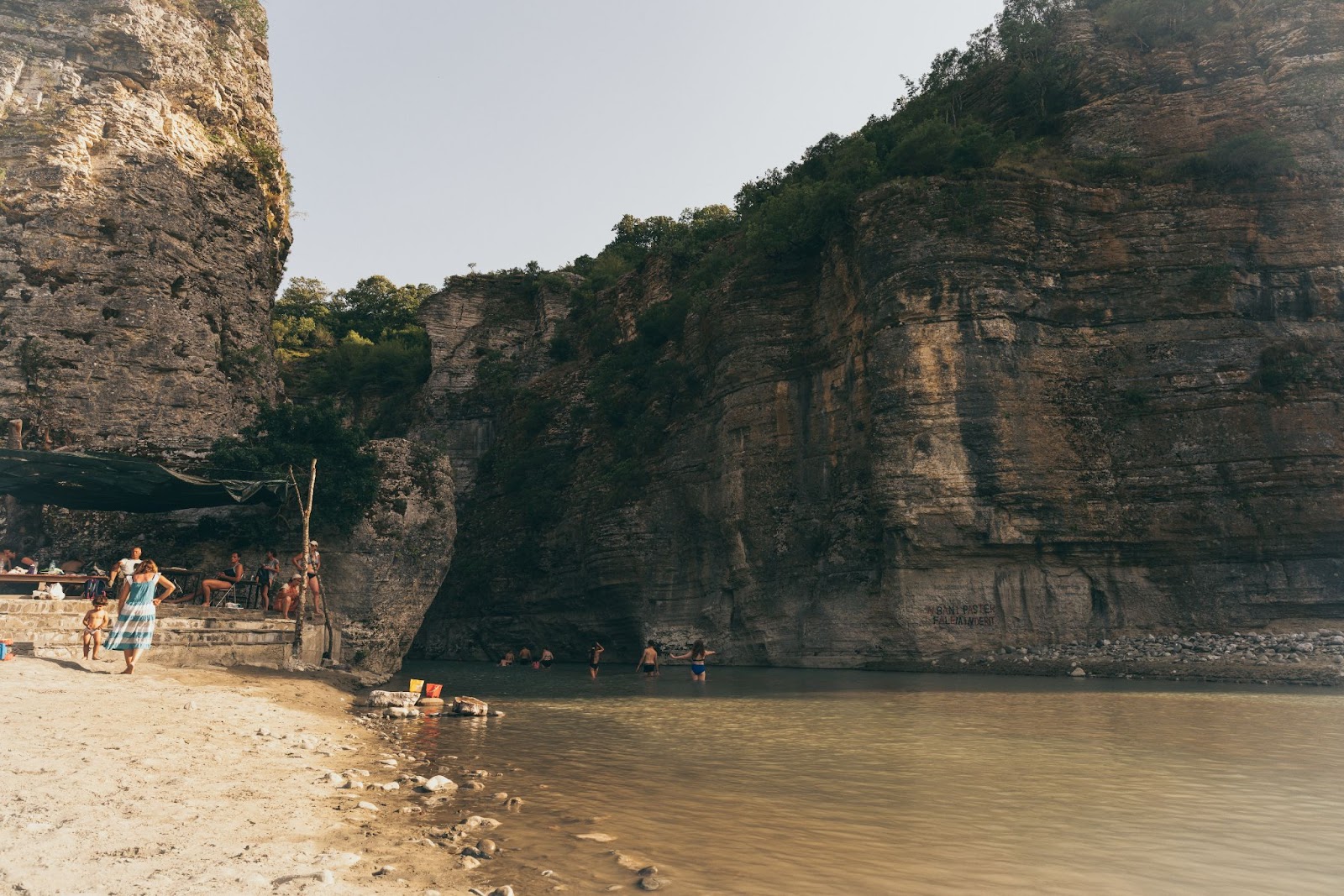
From Permet, we come to the famous Lengaricë Canyon, carved by the Vjosa River. Ecologists have acknowledged it as the last wild river of Europe, originating in Greece before flowing into the Adriatic Sea. Deep within the canyon lie hot springs cherished by the locals yet still relatively unheard of by Westerners. A hike above the canyon or a swim in the river below make for one of the most beautiful afternoon outings.
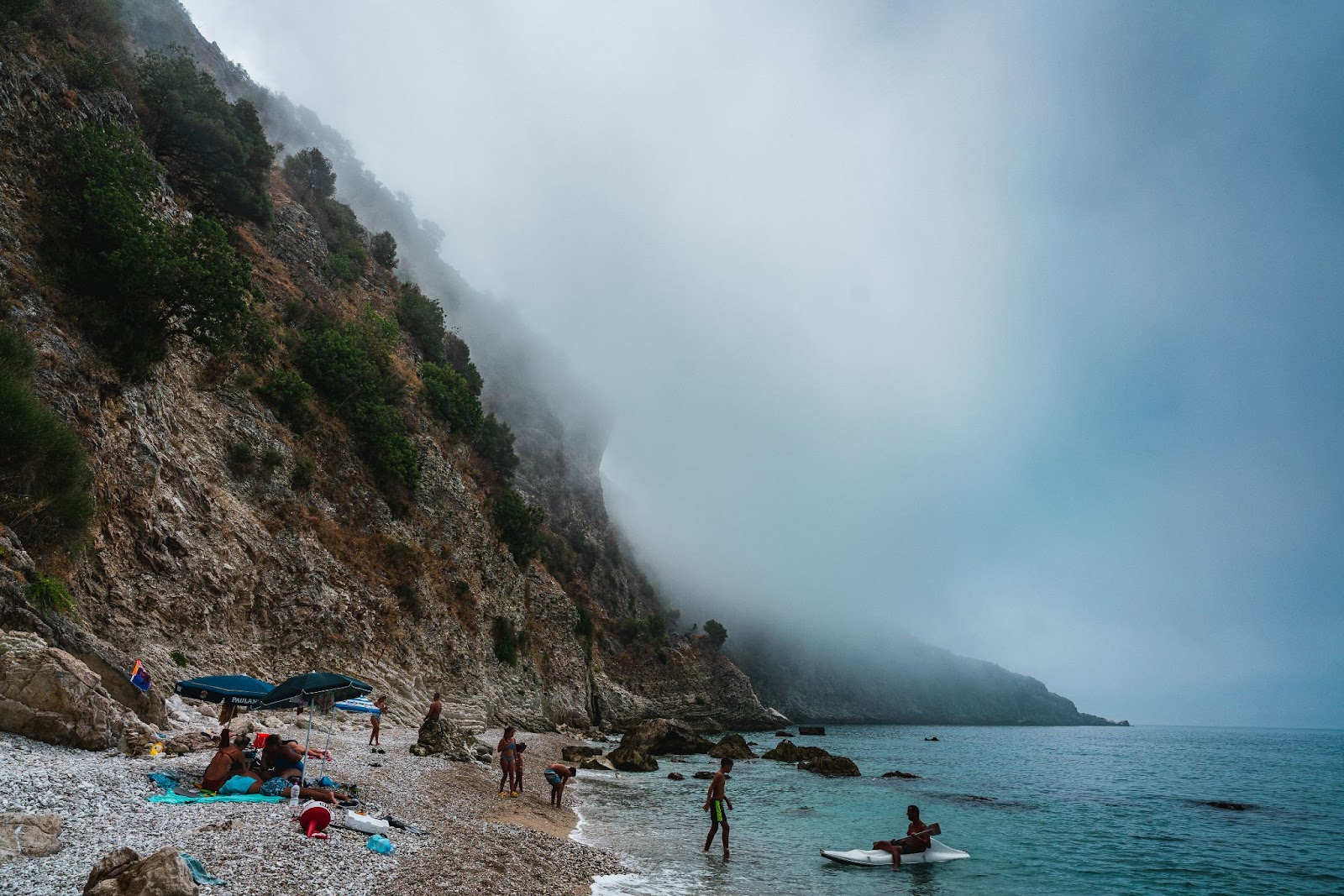
It’s hard to beat Albania’s union of mountains with the sea, especially when the rocky heights seem to fall sheerly off into Adriatic depths. Saranda and Vlora in particular draw large crowds, but here in Himare, I access a “secret” beach by descending lengths of old rope that lead down steep cliff walls.
I make my way with relative ease to points up and down this shimmering coastline. As infrastructure struggles to accommodate peak-season tourist demand, it isn’t uncommon to be seated at dinner on the strip as the entire power grid gives out mid-bite only to jump back on a minute later, to much excitement.
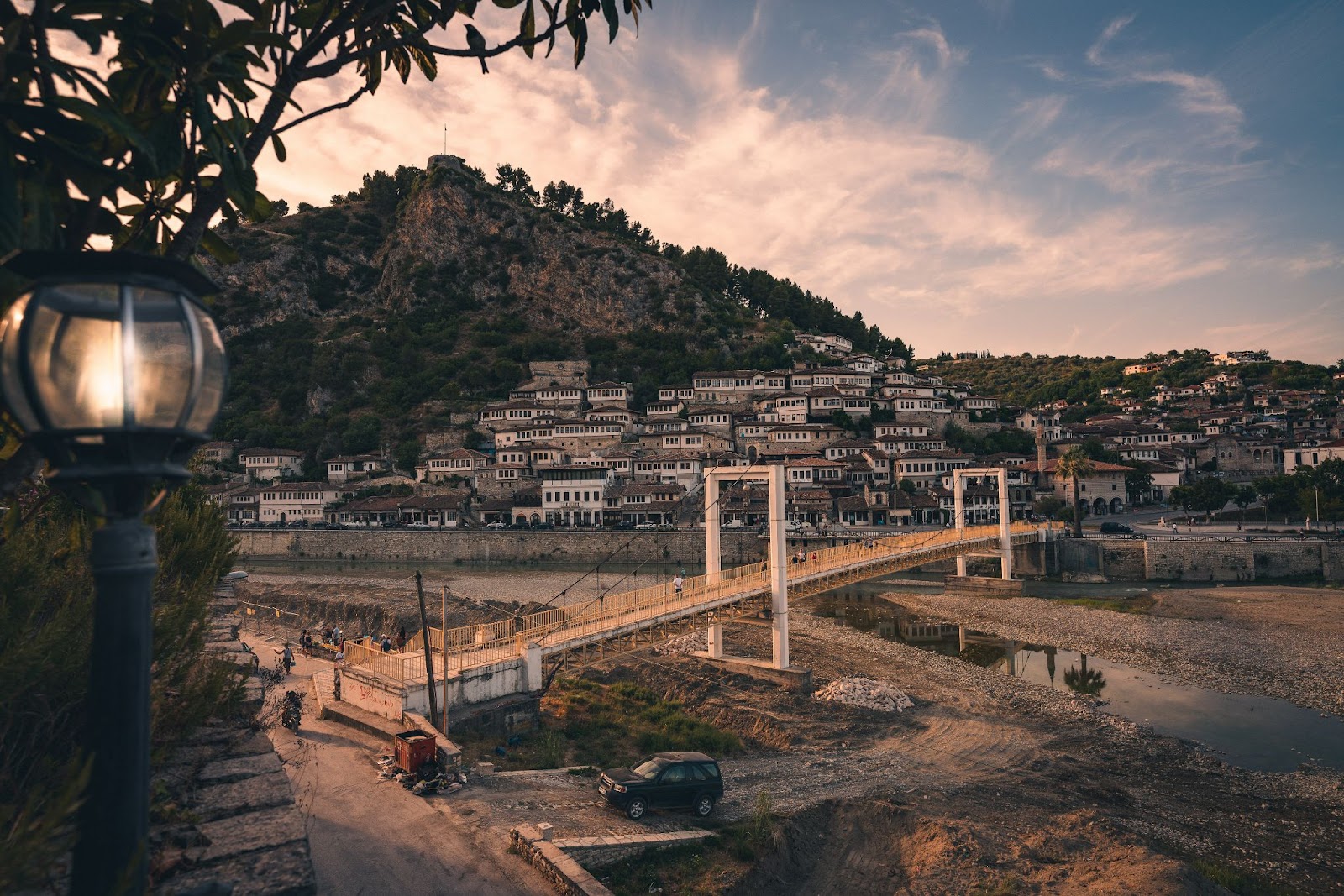
With an ancient castle steeped in legend, situated in the mountains of central Albania the town of Berat is best known as the “City of a Thousand Windows.” The Turkish architecture is particularly well-preserved in the old city centre, a UNESCO World Heritage Site. Berat and Gjirokaster to the south have some of the best backpacker hostels in Europe, nestled in old Ottoman-style houses.
As dusk approaches, I wander the narrow, cobbled alleyways of the “stone city” of Gjirokaster. This UNESCO World Heritage site sits far to the south, approaching the border with Greece. Gjirokaster was home to the late Ismael Kadare, the famous Nobel Prize-winning writer of Albania. The sprawling, old fortress has been the site of music festivals, and the food here is hard to match.
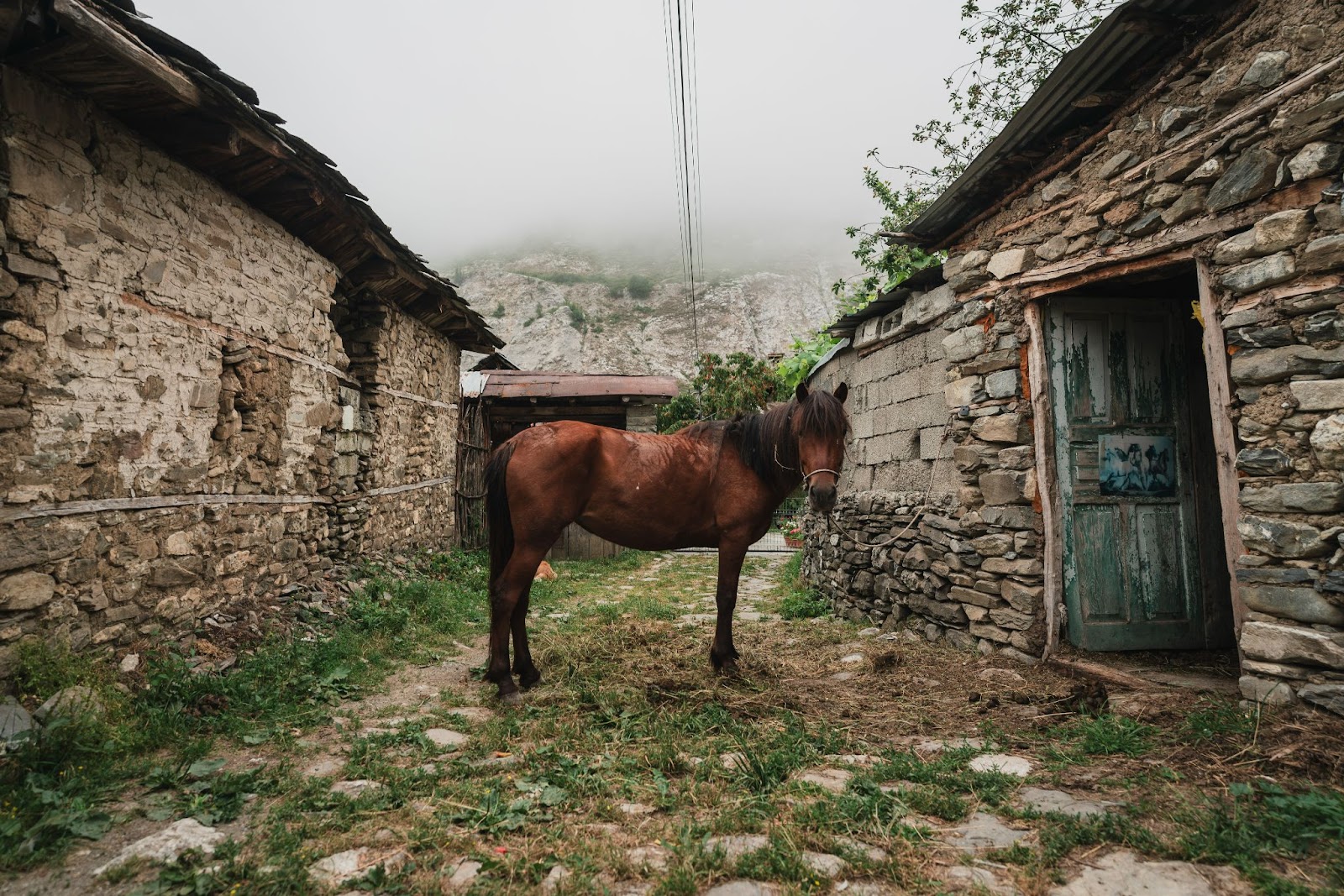
The High Scardus Trail is one of Europe’s newest distance hiking trails, and perhaps the latest transnational one. Beginning and ending in North Macedonia, this flagship project for sustainable tourism began as an international cooperation and leads travellers through old stone villages and shepherds’ settlements to alpine lakes and lonely border crossings nestled in high passes. The trail leads me to the summit of Mt Korab on the frontier, making it the highest mountain (2764m) in both Albania and North Macedonia.
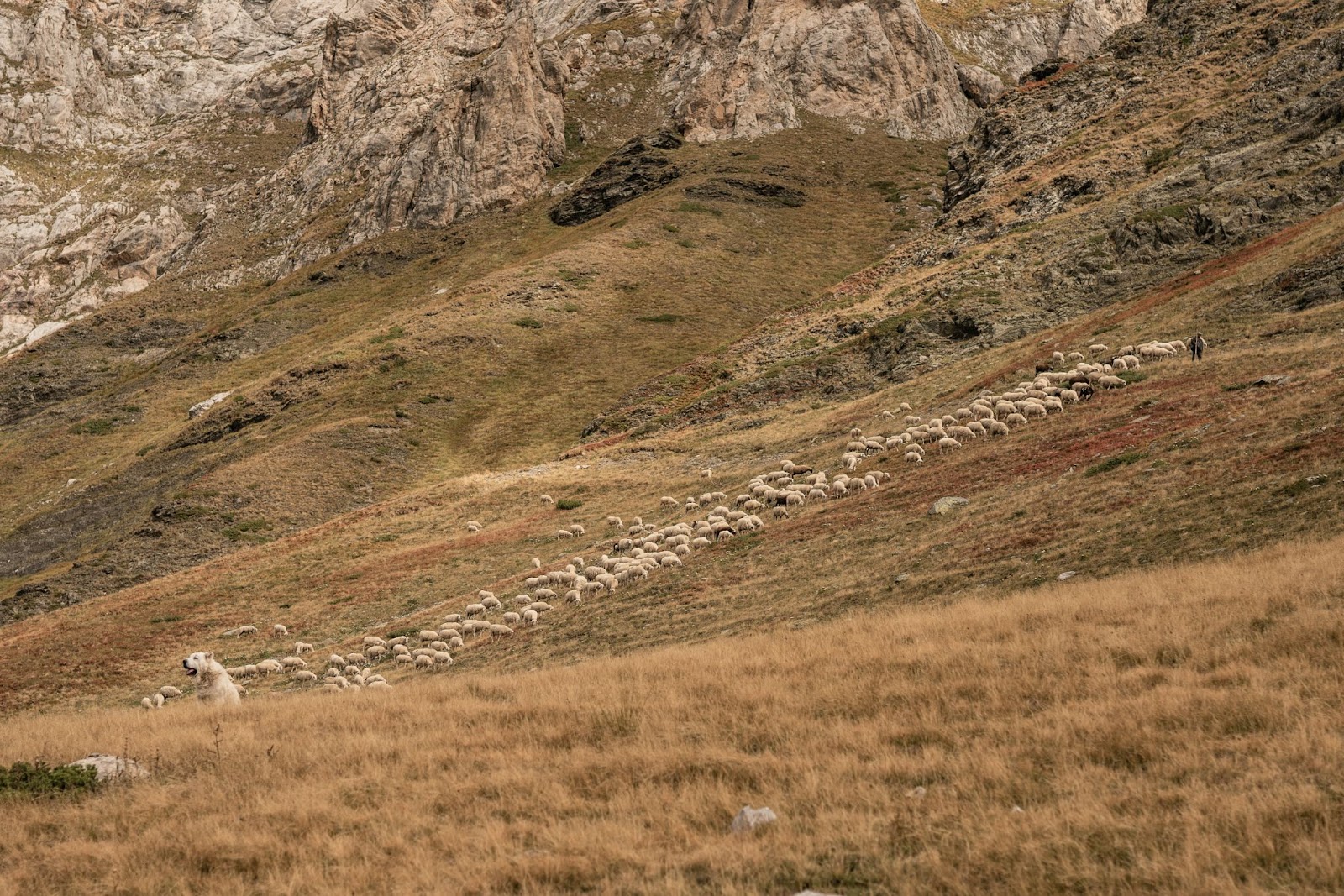
On the descent from Korab, I pause to catch my breath and glance up the mountainside after hearing the far-off clanging of bells. High above, a shepherd is grazing a flock of sheep that, at this distance, look like fluffy ants swarming across the grey-green mountain spur. I could easily differentiate between the sheep and the mountain sheepdogs that guard the perimeters of the flock. They zealously patrol a shifting, invisible line and woe betide any who cross it…
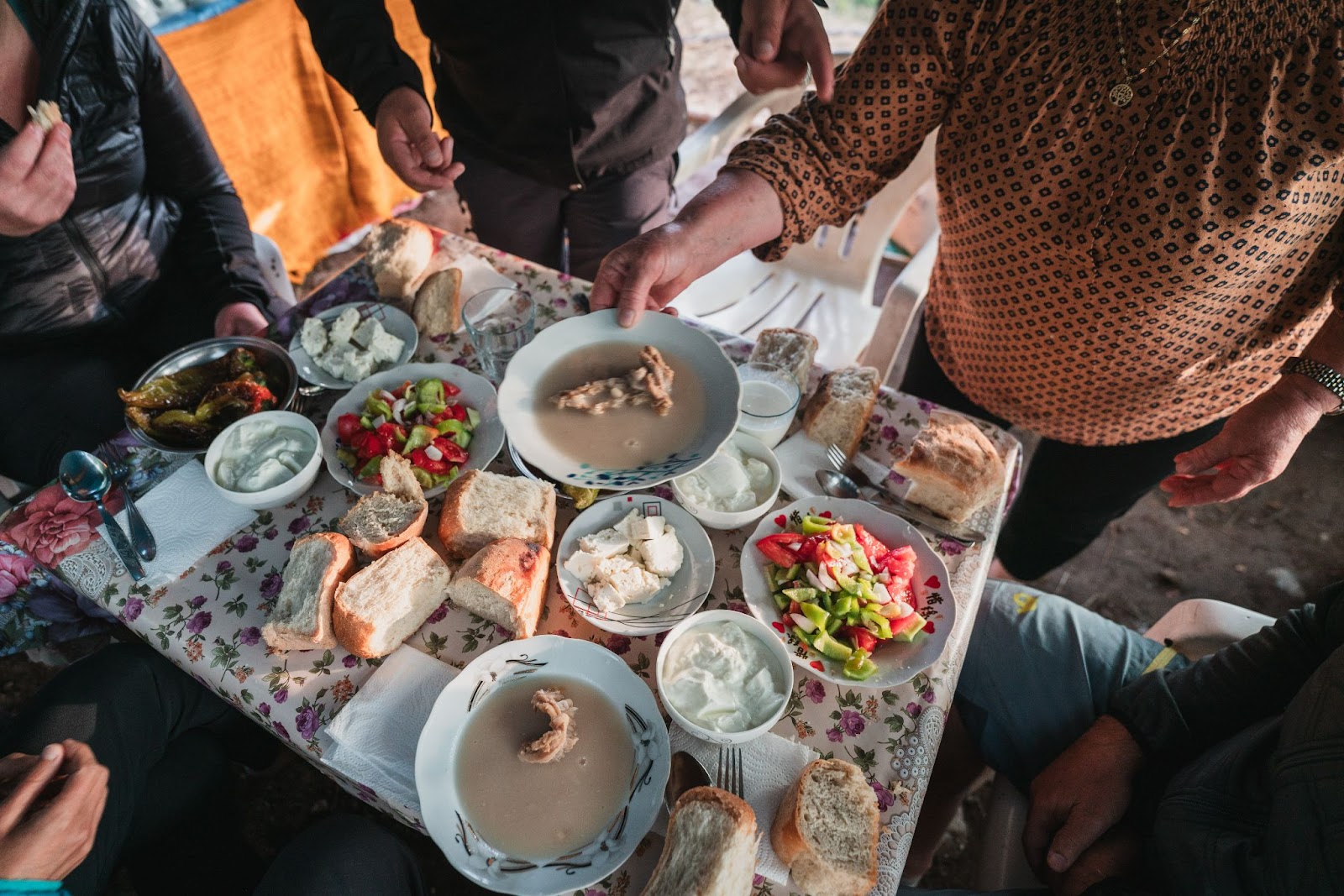
After our descent, we arrived at the pasture of a shepherd named Erind. Because of the remoteness of this corner of Albania, the message confirming our plans to lodge at his family’s cabins never went through. They only knew to expect us when a strange man arrived with a horse carrying our luggage a few hours before we arrived. Nevertheless, they had begun on short notice to prepare beds and a lavish meal for us of goat stew, bread, baked peppers, and shepherd’s salad with fresh cheese — all washed down with their homegrown goat’s milk.
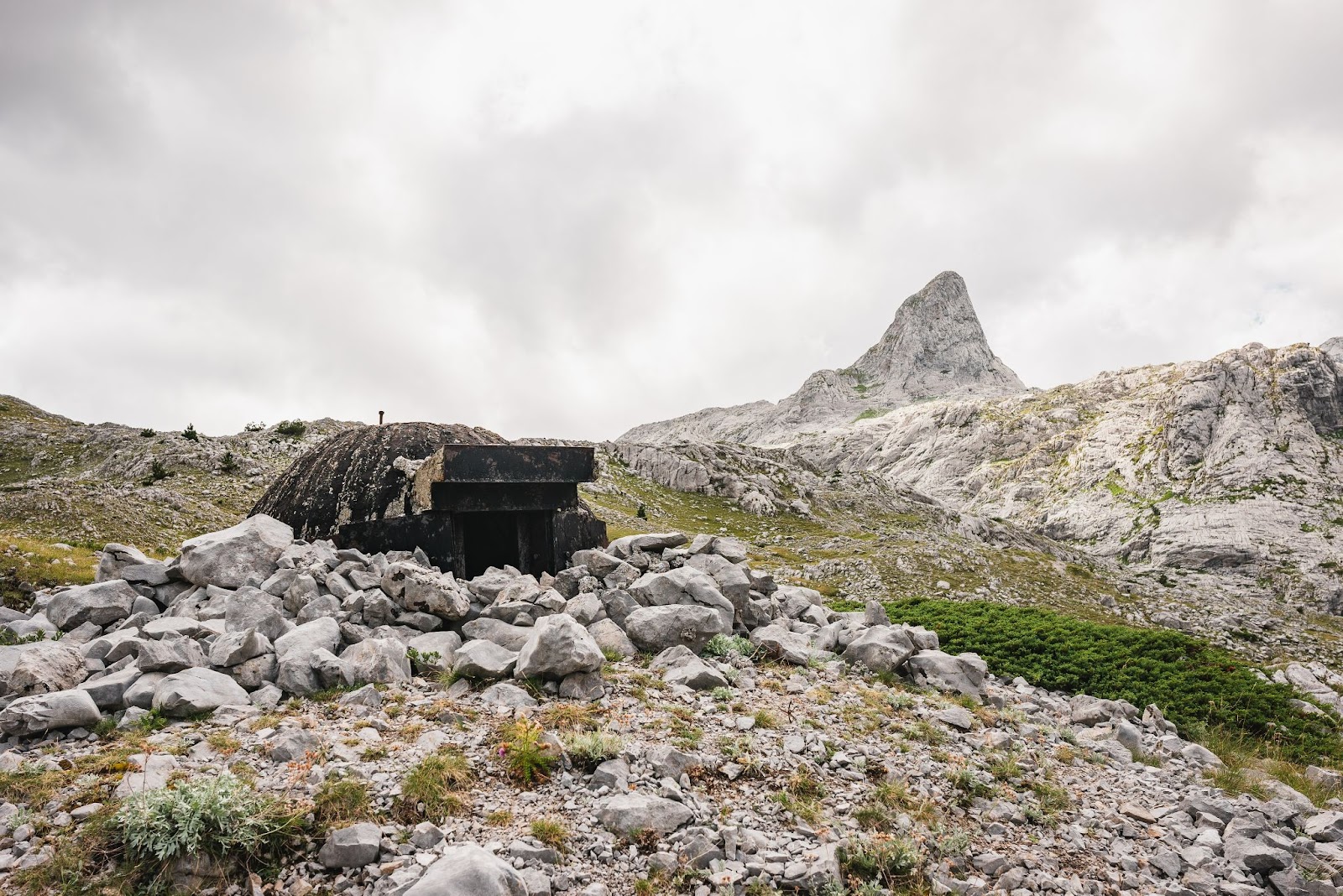
Far to the north, deep in Albania’s Accursed Mountains, I continue onward to the unmarked border of Montenegro, where I would continue my trek for a few more hours before dropping back down into an Albanian village to spend the night. Concrete bunkers from the days of the Hoxha regime are strewn all over these rugged hinterlands.
In a few days, I will be moving on to Kosovo, the third country that I will pass through on an unforgettable and unforgiving ten-day transnational hiking circuit called “The Peaks of the Balkans”. In the meantime, I look forward to more experiences here in Albania. After being the most isolated nation in Europe for years, in shedding its shackles, it’s clear this is a country that can’t wait to share its matchless hospitality.

